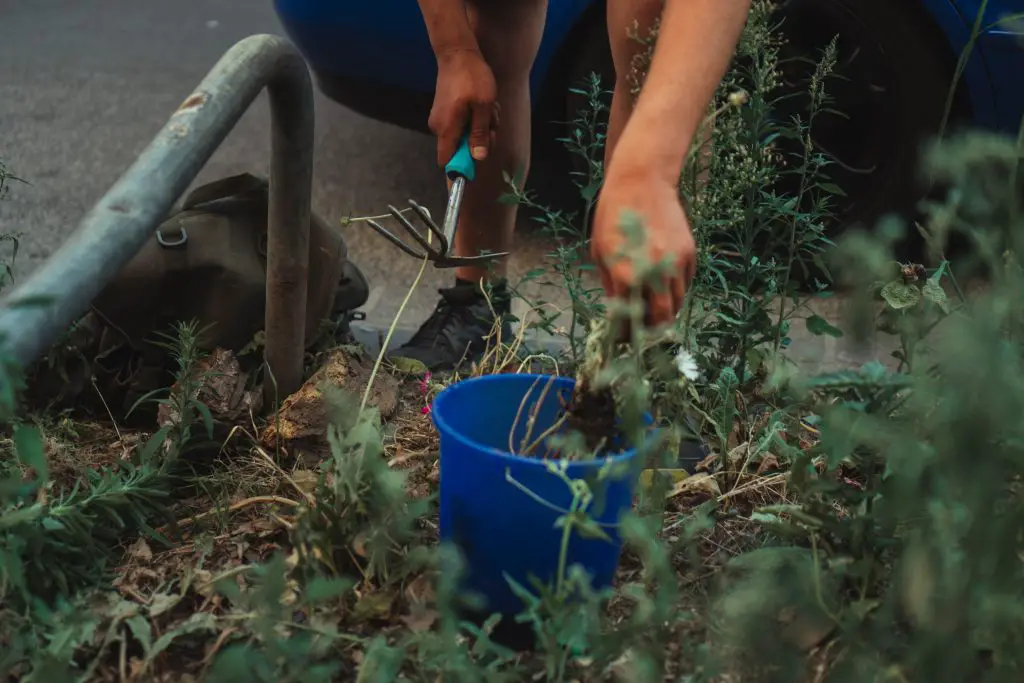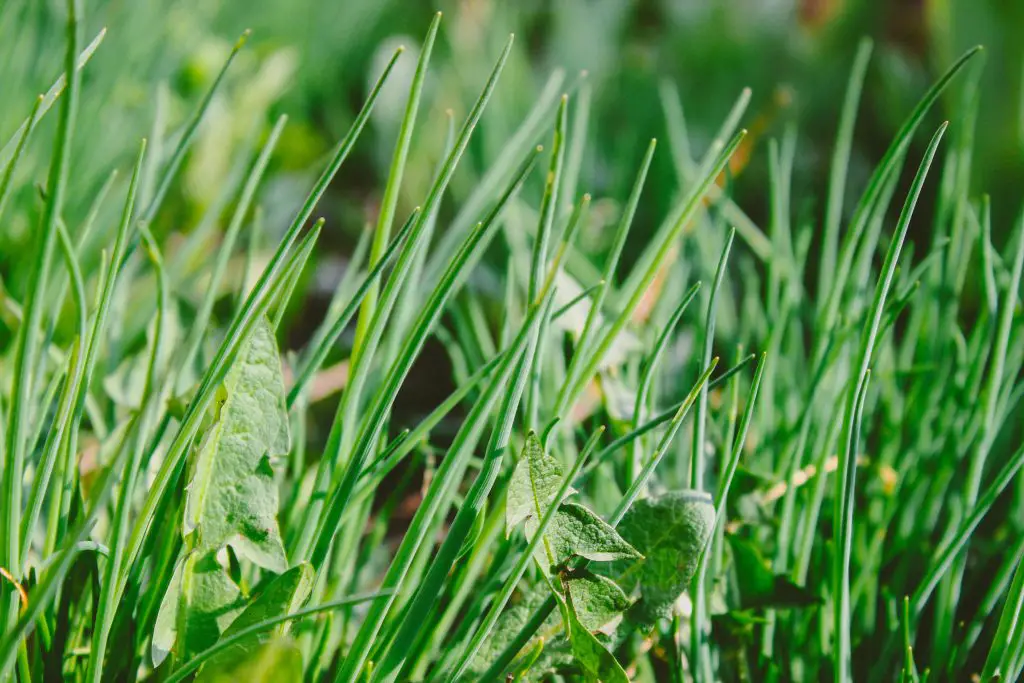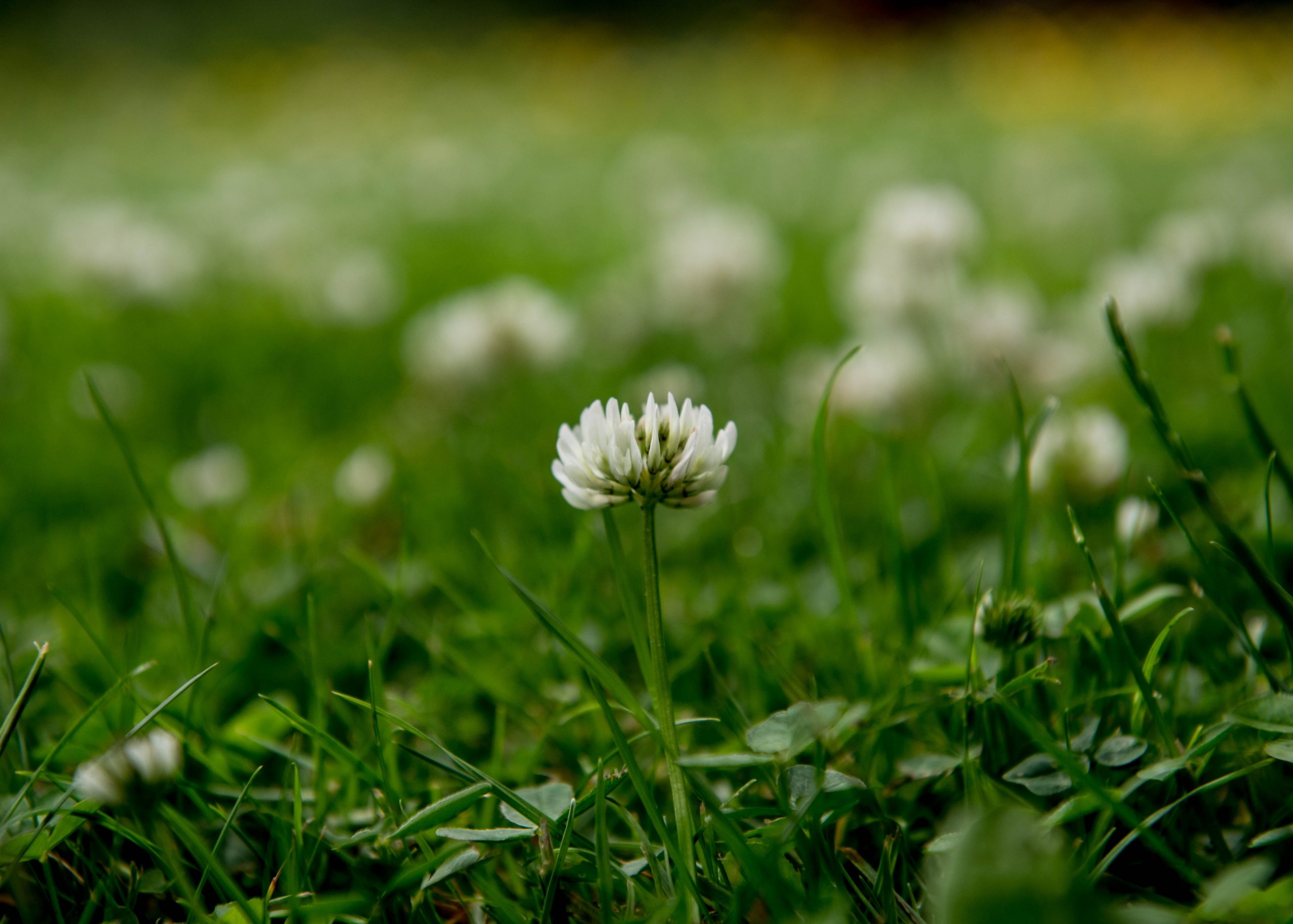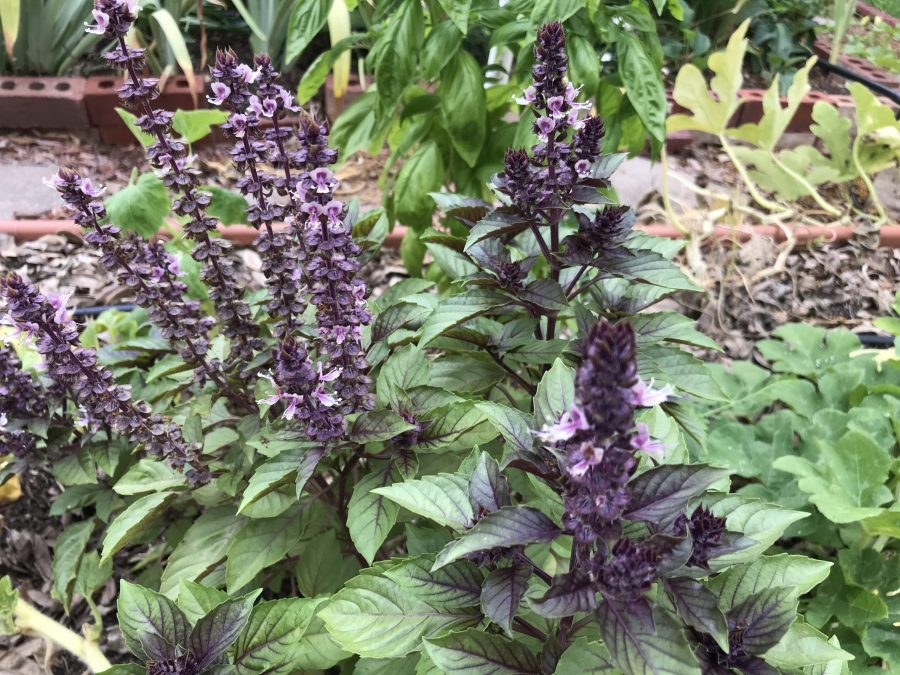The never-ending battle homeowners and gardeners face is stopping weeds from emerging in the garden. While there is no such a thing as a weed-free garden, there are ways to have a reasonably tamed one. For the last four years, I have learned how to keep my garden beds clear of weeds without breaking my back. Read along to learn how to do so in your garden as well.
#1 Identify the weed
It is crucial to identify the weed. Most of what we consider a weed is a forgotten edible plant. Take the example of Dandelion, which is the most common weed. It is very much an edible and medicinal herb. The yellow flower is harvested and dried for teas. The young greens make a nice addition to salads, with a slightly bitter taste.

#2 Handpick
Kneeling and handpicking weeds might not be what you were expecting, but trust me, if you do it right, you won’t regret it.
When to pick weeds?
The best time to pick weeds is after the rain. When soil is moist, it is much easier to uproot plants. You may use a simple tool such as a hand weeder or a garden knife, which helps reach deep down into the soil and get most of the root system.
It is also important to pull weeds before forming a flower head to stop the reproductive cycle.
How to pick weeds?
First, when pulling the plant, try to grab it from the base, shimming ever so slightly to loosen up the roots. If you pull with a blunt force, you will break the stem leaving a good part of the roots in the ground.
Second, use a handheld weeder or garden knife to slice into the ground near the plant, then lift it from the roots. These tools make the job easier and help get most of the root system.
Check out this stand weeder. It is my favorite to pull crabgrass and dandelions.
How to discard the weed?
Properly discarding weeds stops their spread. Do not try to throw them in your compost pile unless you are sure it reaches high temperatures to kill the seeds. For the average home gardener throwing them in the trash bin will do the job.

#3 Do not let it go to seed
Always pick the weeds as soon as you notice them before they flower and go to seed. That will only make the situation worse in the coming season.
#4 Avoid tilling
Tilling the soil involves turning the soil over to loosen it up and get it ready for planting. This practice is neither practical nor beneficial. Tilling exposes dormant seeds and breaks their dormancy.
#5 Plant closely
Close planting is efficient for home gardeners in many ways, but how does it prevent weeds?
When the plants are close to one another, they shade the surrounding ground. As mentioned previously, blocking sunlight from reaching the ground keeps the seeds dormant and stunts the growth of the emerging weeds.

#6 Use mulch
Following the same concept of blocking sunlight, mulching is another excellent way to stop weeds from growing. The layer of mulch should be three to five inches thick to be effective, though.
#7 Use finished compost
When considering adding fresh compost to your garden, ensure that it reaches a high temperature of 135F -160F for the weed seeds to be dead. Unfortunately, homemade compost does not consistently achieve that level of heat.
#8 Water-wise
Proper watering is another way to prevent unwanted weeds from growing. Drip irrigation is one of the best watering methods to reduce weeds.

#9 Apply organic germination inhibitors
As you may have noticed, stopping weeds from invading your garden starts by preventing the seeds from germinating. Other than blocking the sun and not watering, there are some organic applications to stop seed germination. Spreading corn gluten meal is one forgotten organic way to prevent weeds from sprouting. Remember that corn gluten is non-selective. It stops any seed from germinating, even grass and flowers. So make sure you only target the weeds.
In the south, you should apply corn gluten or meal in the spring, April through May, or fall, late August through September.
#10 Grow a healthy turf
Treat your lawn like you would your hair, except for the washing part. Good lawn management creates a healthy turf, and healthy turf is strong enough to choke intruding plants. Cut your lawn regularly and make sure your equipment is clean. Also, follow the proper feeding and watering schedule for your turfgrass to maintain its vigor. Finally, check your extension office guidelines for your specific area.




Learned about yellow weed flowers and corn meal….never thought of the.
Cornmeal is a great organic alternative. Unfortunately, it is not cheap if you have a big area to cover.